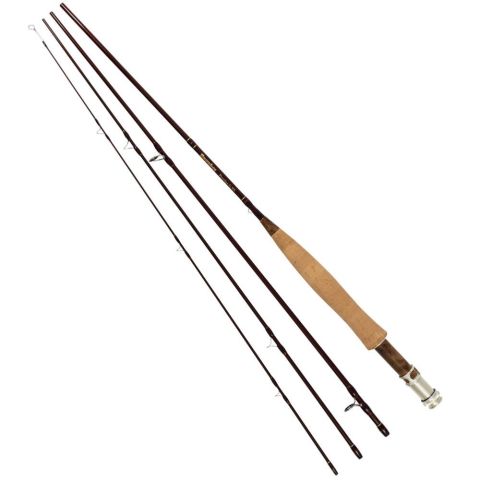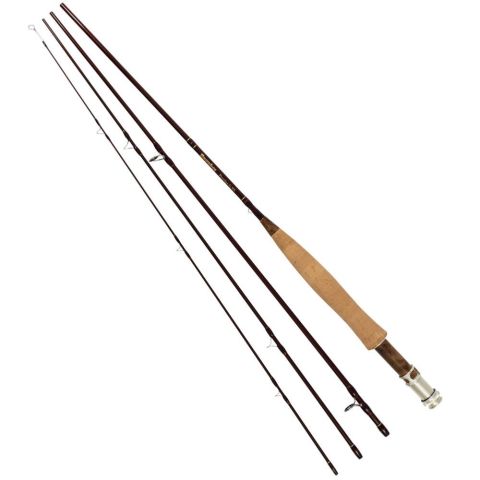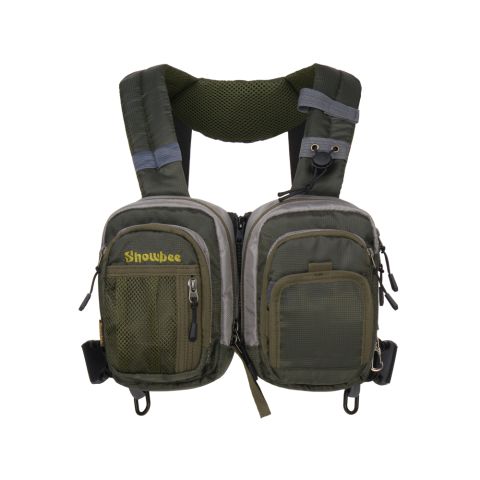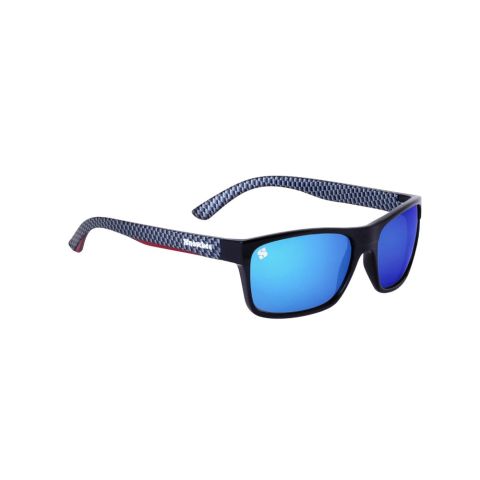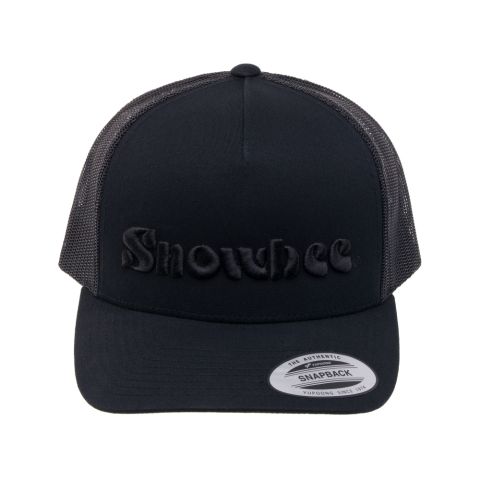The England World Fly Fishing Team Member and new Snowbee Ambassador reports on a trip in the North Pennines.
The start of the trout season is perhaps the time of year that anglers dream about the most. The thought of trout sipping dry flies and the spring bird song is likely a nostalgic feeling for most of us. For some, mid-March marks the start of the fishing year, having not picked up a fly rod since hatches dwindled in September of the previous season.
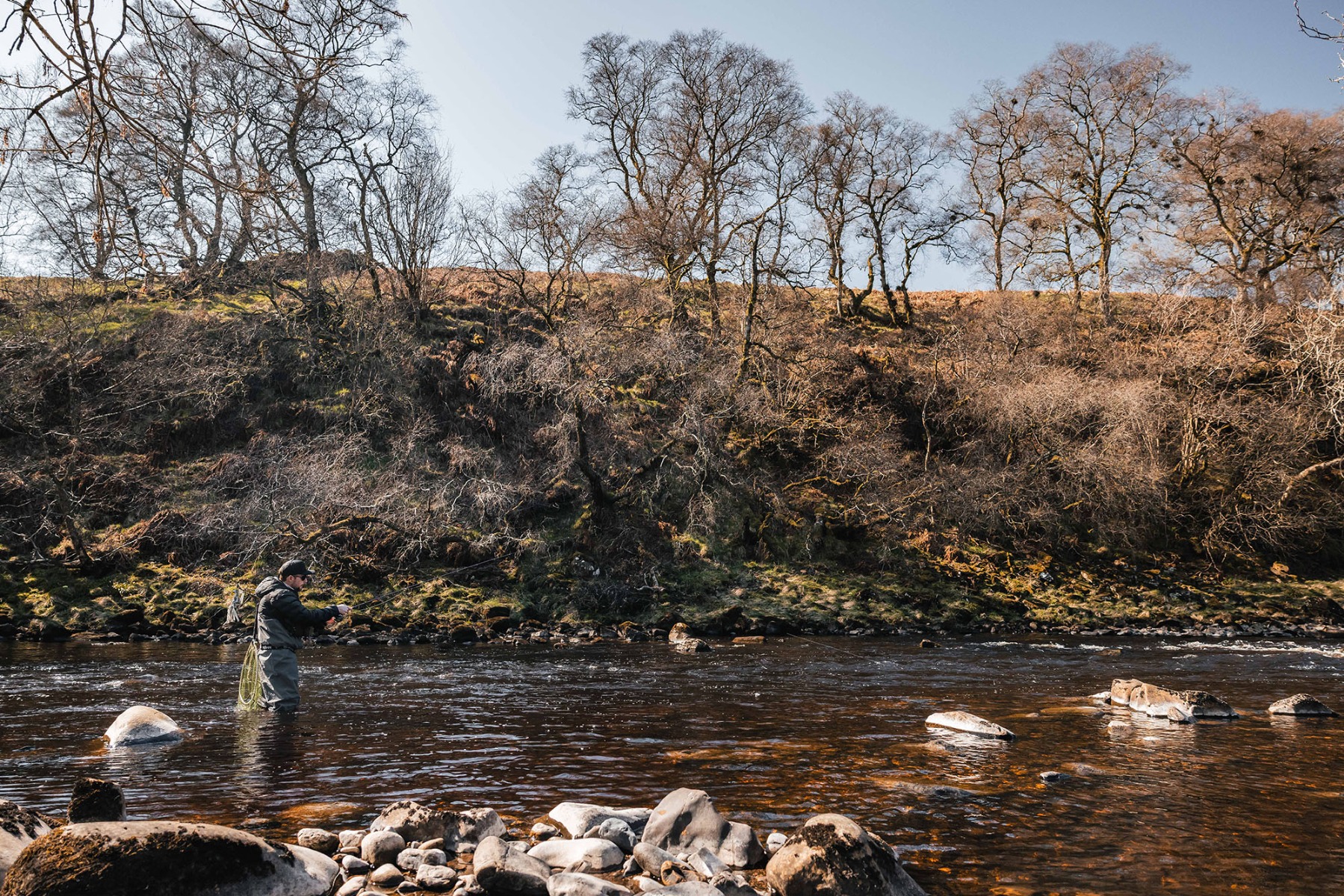
For anglers like me, there is no way one could go without casting a fly rod for so long. Instead, the end of March brings a new excitement and a change to winter tactics. Plus, fishing in only a jumper versus a down jacket, three layers of thermals and a woolly hat is very welcome too.

March not only brings the beginning of the trout season, but also the end of the grayling season in the UK. Something which gives me very mixed feelings. Grayling are a species I have come to love. In Yorkshire – where I live – is home to some of the best grayling fishing in the country in terms of volume.
However, I am an angler who loves catching fish no matter the species. Unlike most, I will happily try any method that catches me fish (rules permitting, of course). So, while many anglers will focus on dry fly fishing in March/April, I will spend a lot of time nymph fishing until I see visible risers.
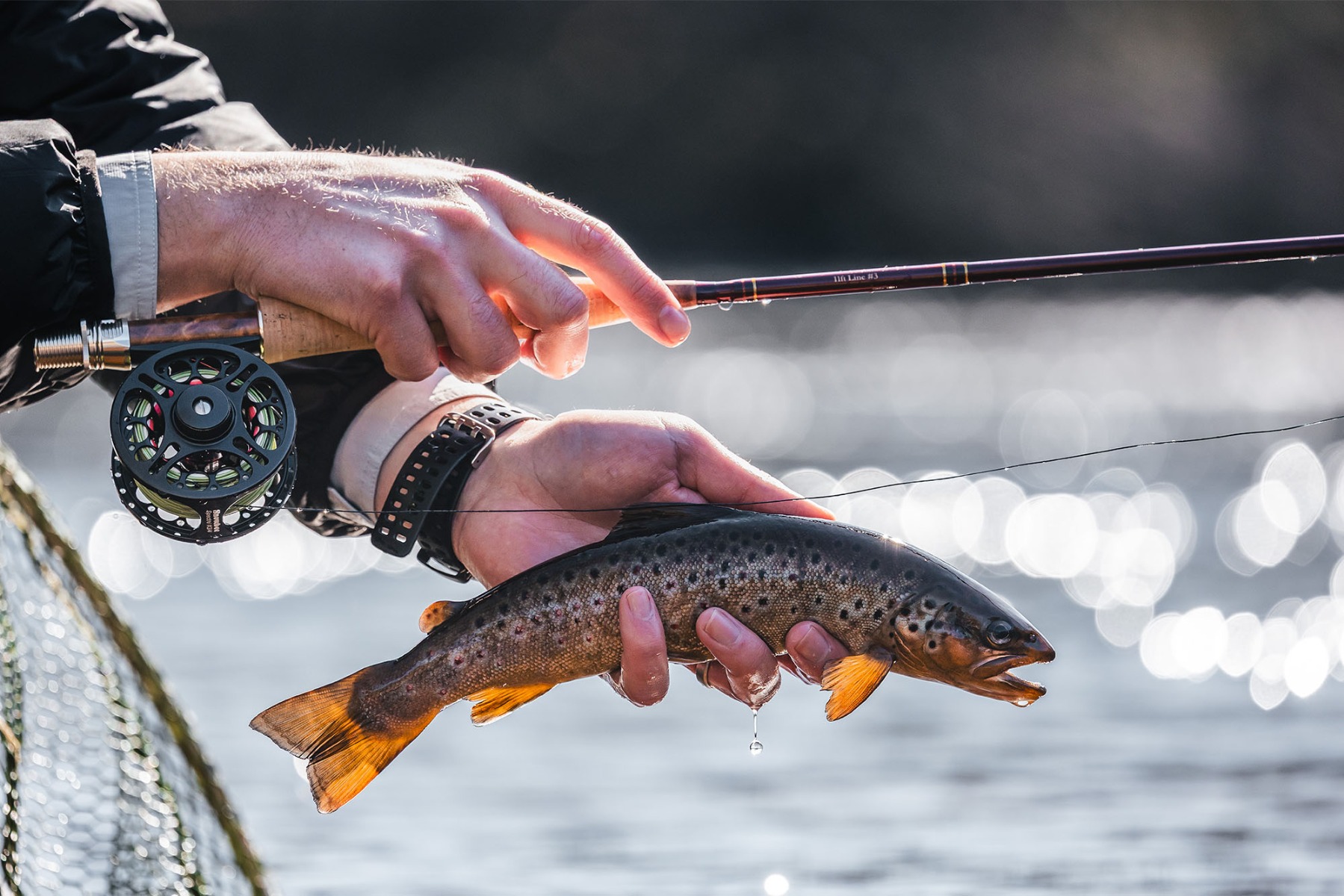
My early season tactics consists of a two-pronged approach. First, I will rig up the Prestige G-XS 11ft #3 fly rod for European nymphing. Second, I will rig up the Prestige G-XS 9ft 6in #3 fly rod for dry fly fishing. This gives me confidence that I can cover most eventualities that may arise on an early season trout river.
Having the two rods ready gives me necessary versatility. I can change to double nymph, dry dropper, double or single dry, and even lightweight streamers. Conditions can change quickly during the early season, with fish activity and fly life being limited to small windows. Sometimes a 15-minute spell may be all you will get, so be prepared.
Locating fish: Cold water lies
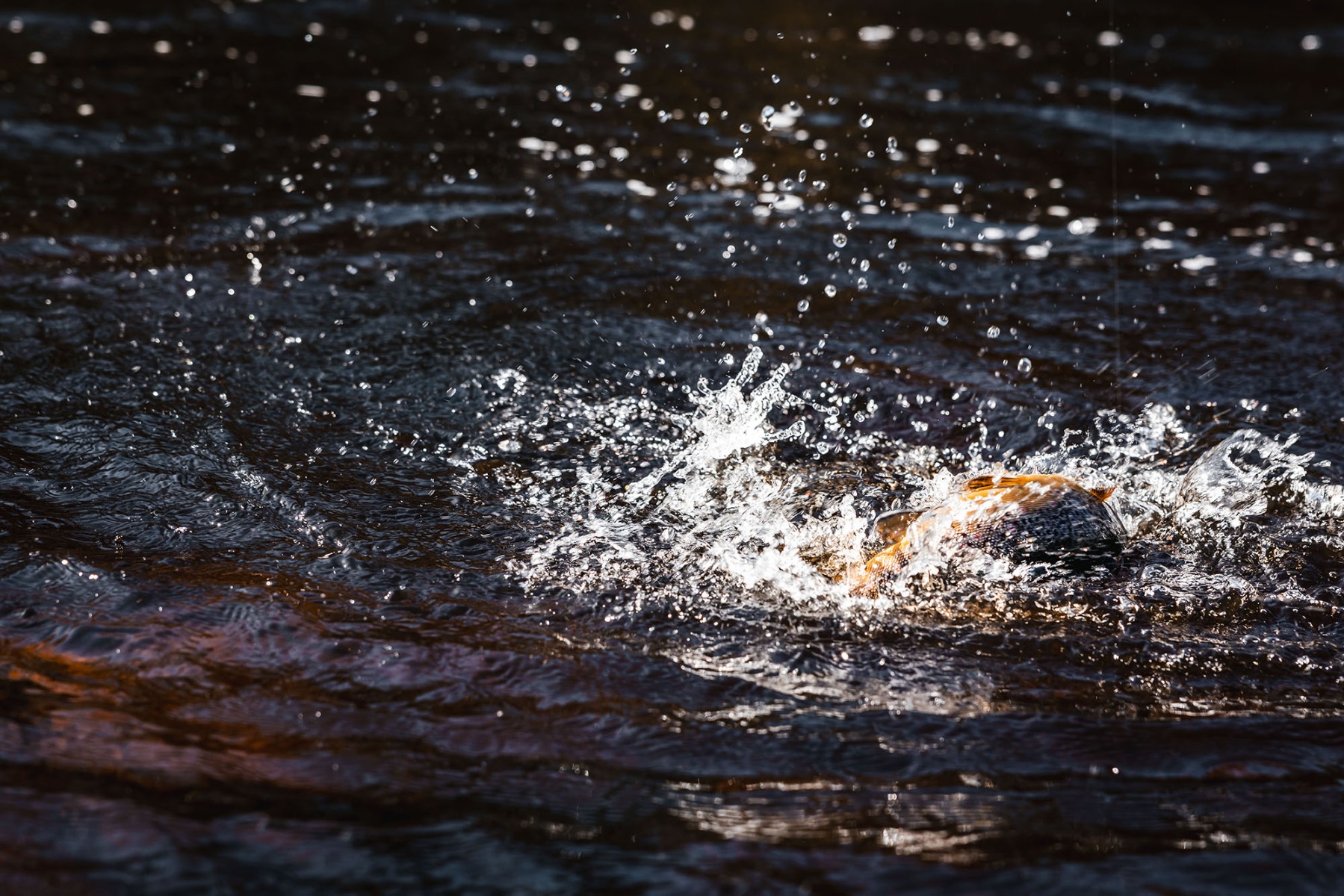
When approaching the river for an early season session, there are a few key things to consider. Don’t rely too much on ‘what worked last time’ or ‘this is the best spot’. Fish will move a lot at this time of year, driven by water temperature.

As the water temperature is cold (less than 10°c), the fish will often sit in slower water. This is because they expend less energy here, moving into faster water to feed when there is a hatch. Therefore, when it’s colder, I generally fish in the slower, more placid runs. When the sun hits the water or during a warm spell weather, your attention should shift to more usual feeding lies. Remember: during the early season it isn't uncommon for a spooked fish to take a fly again in a short space of time, though they may not always be in the same position.
Lessons learned

Just this week I experienced a strange phenomenon. While out testing the new Spectre Pro Ultra Dry fly line (which is outstanding), I was fishing a long run with a #16 split wing olive. This was to match the large dark olive hatch that was starting. I was using my standard dry fly leader for a larger river, which is 12ft of tapered leader (copolymer) down to 0.14mm in diameter. Then I add another 5ft to 8ft of level 0.10mm fluorocarbon tippet. The extra length provides better presentation, but can be shortened in windy conditions. (I will do a more specific dry fly blog next month as we approach the best time of year for it on our home rivers.)
I was fishing blind about halfway down the run in very steady flow, only to get too excited at the first sign of a fish’s head engulfing my fly. I struck too hard and snapped the fish off on the strike…drat!
I finished fishing the pool and had a few more fish until it all went quiet from the wading and splashing. I moved on to fish the next short run and returned to the original pool after 15 minutes.
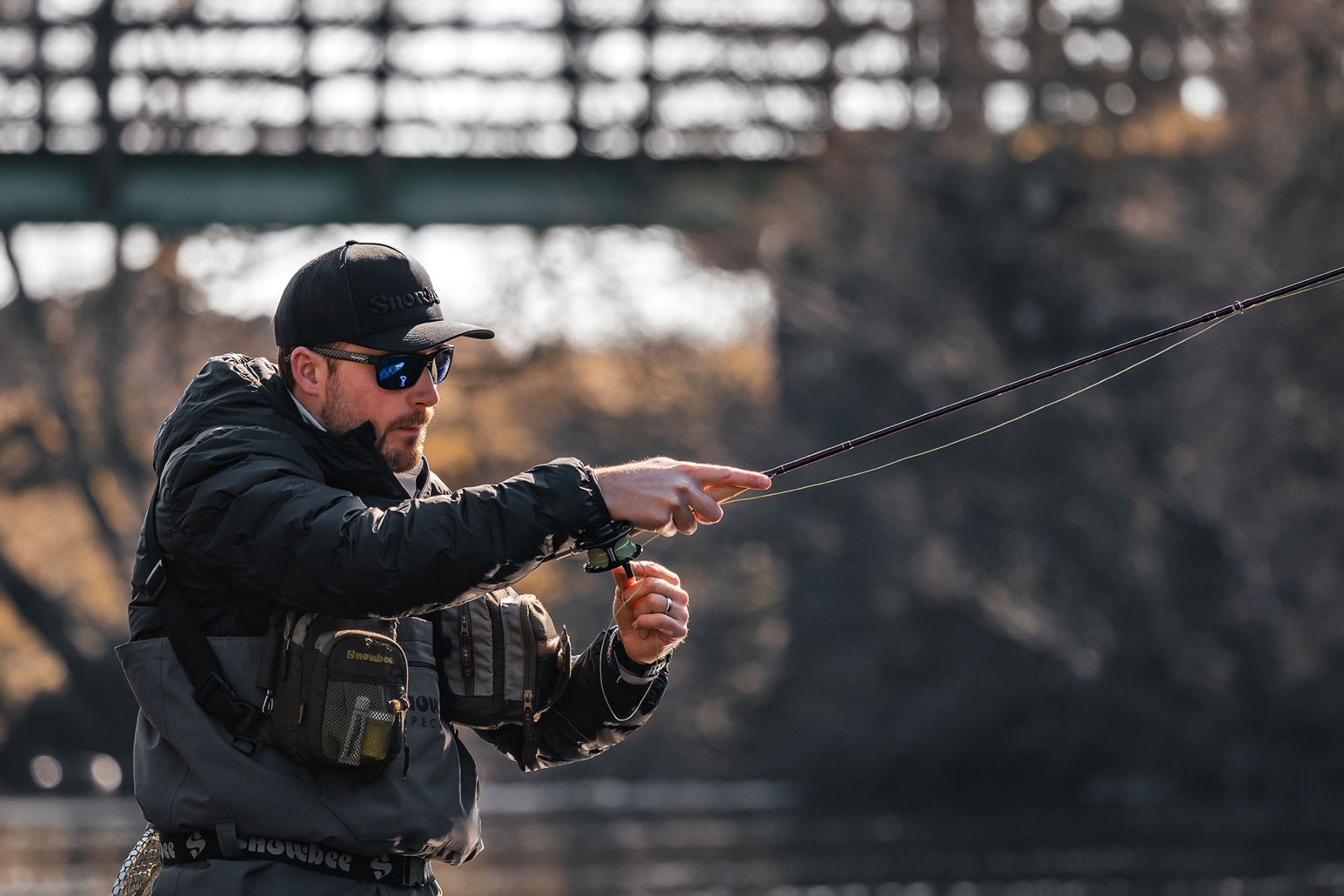
The hatch was now in full flow. Fishing my 11ft 3wt with a long European leader (level 0.16mm coloured line), I had an olive dry on the dropper with a small pheasant tail nymph on the point. As my flies drifted between two large rocks in the right-hand margin of the pool, I saw a flash, struck, and set the hook. (Note: while the dry is often used as an indicator in this method, there is often slack line and takes on the nymph can be missed. Hence, it is always important to strike at all signs of a fish.)
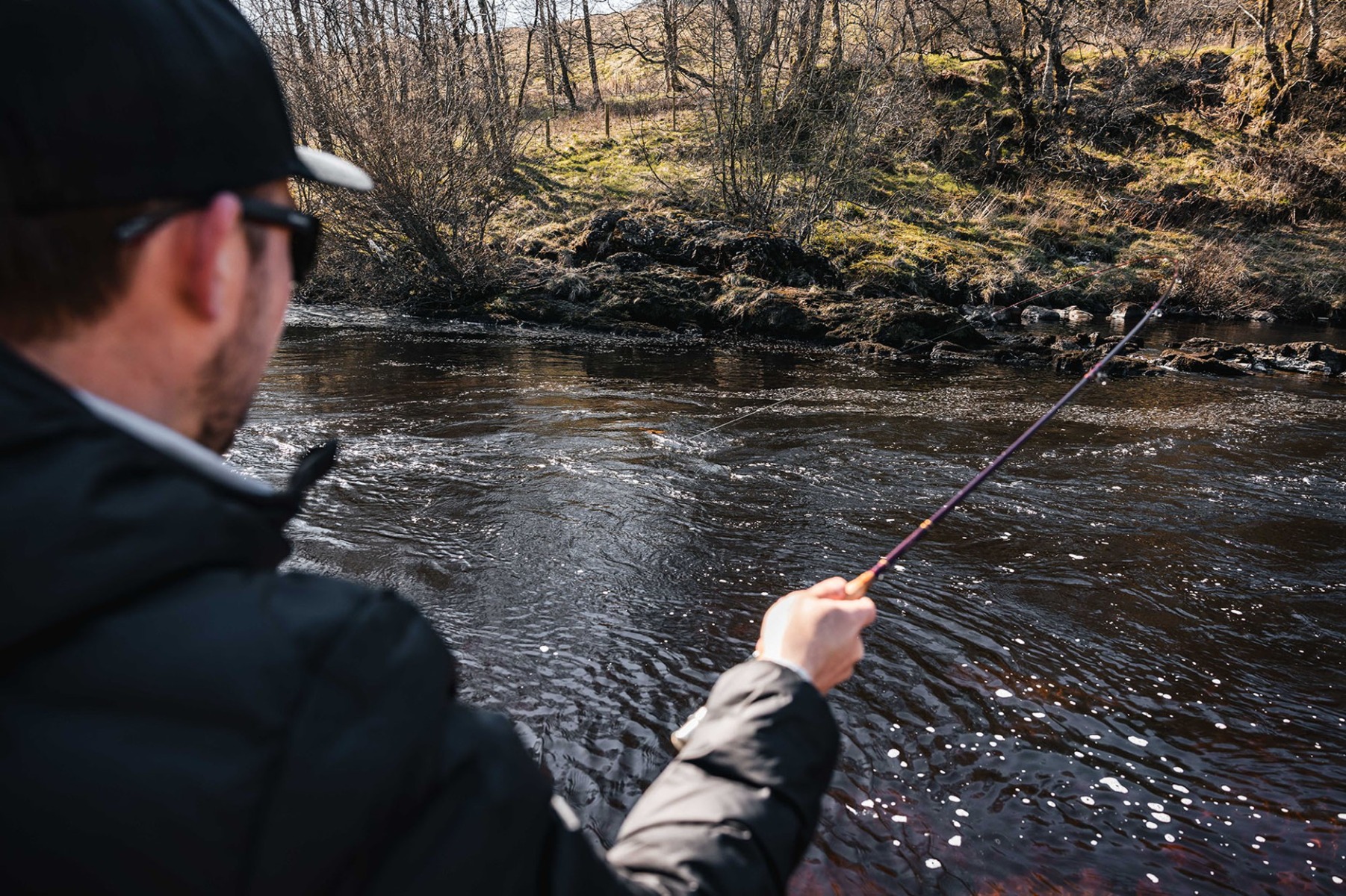
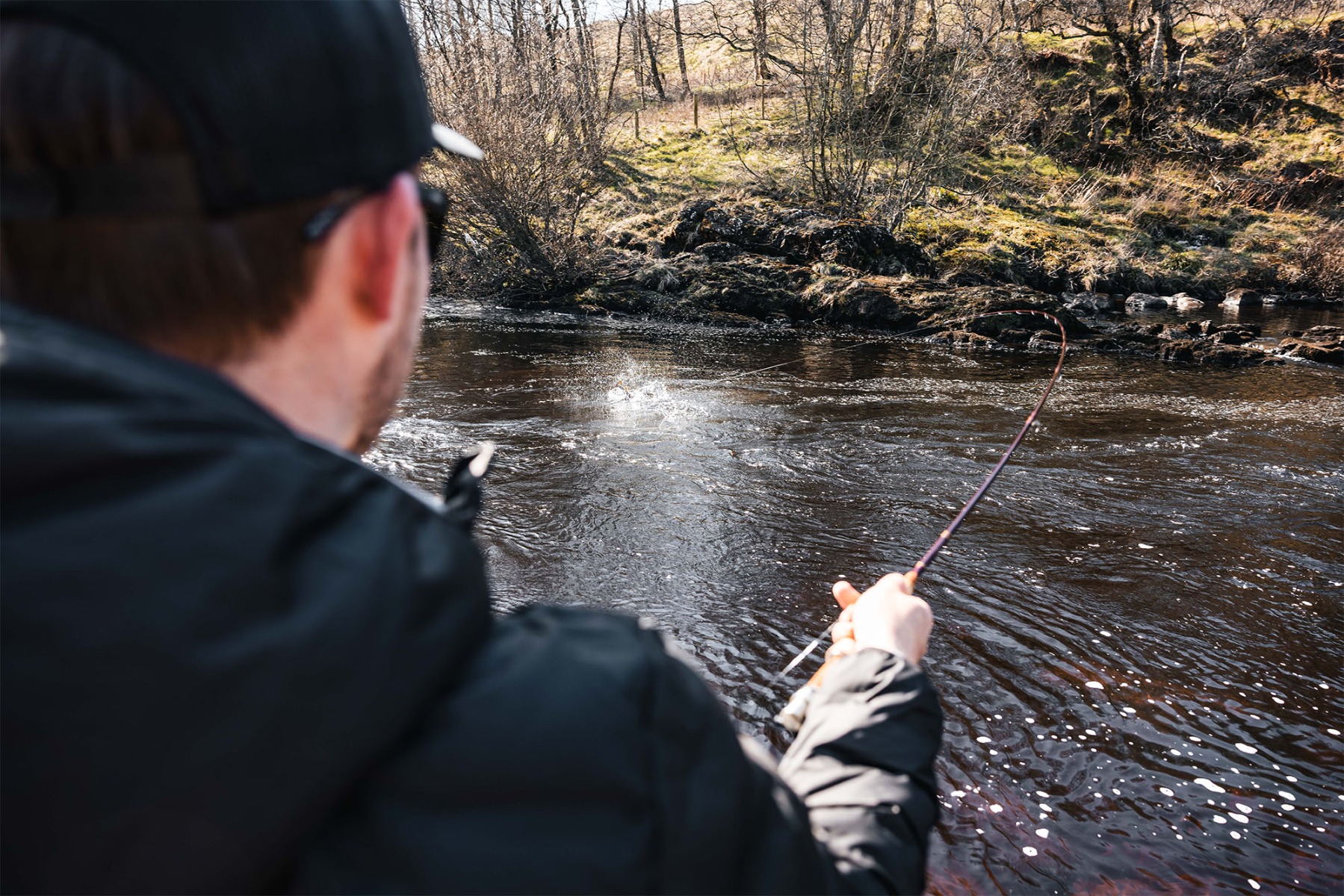
After a short battle, a nice fish roughly weighing a pound and a half graced the net. A quick lift for the camera and I spotted another fly in the side of its mouth. I would not have believed it had I not seen it for myself, but this fish had my snapped off dry fly and the nymph in its jaws!
Only 15 minutes after being hooked, it had moved 20 yards further up the pool, in completely different water, and was feeding again and took my other fly.
The moral of the story is this. Keep an open mind during early season, and take into consideration the water temperature as this will strongly influence where the fish will lie as they wake up from their winter slumber. Be prepared to adapt your tactics or fly choice as conditions can shift quickly, and although you may have pricked it once, it doesn't mean you will not get another chance. Most importantly, just get out there and enjoy it – there’s no such thing as a bad day fishing!
James is the latest member of our team of Snowbee ambassadors. He is a current England World Fly Fishing Team member (3x Caps), 2019 National Rivers Champion, England Elite Performance Program Champion 2021, 2nd place 2022,2023 and 3rd 2024, with further 7 Senior and Youth international caps.
Featured Products

March not only brings the beginning of the trout season, but also the end of the grayling season in the UK. Something which gives me very mixed feelings. Grayling are a species I have come to love. In Yorkshire – where I live – is home to some of the best grayling fishing in the country in terms of volume.
However, I am an angler who loves catching fish no matter the species. Unlike most, I will happily try any method that catches me fish (rules permitting, of course). So, while many anglers will focus on dry fly fishing in March/April, I will spend a lot of time nymph fishing until I see visible risers.

My early season tactics consists of a two-pronged approach. First, I will rig up the Prestige G-XS 11ft #3 fly rod for European nymphing. Second, I will rig up the Prestige G-XS 9ft 6in #3 fly rod for dry fly fishing. This gives me confidence that I can cover most eventualities that may arise on an early season trout river.
Having the two rods ready gives me necessary versatility. I can change to double nymph, dry dropper, double or single dry, and even lightweight streamers. Conditions can change quickly during the early season, with fish activity and fly life being limited to small windows. Sometimes a 15-minute spell may be all you will get, so be prepared.
Locating fish: Cold water lies

When approaching the river for an early season session, there are a few key things to consider. Don’t rely too much on ‘what worked last time’ or ‘this is the best spot’. Fish will move a lot at this time of year, driven by water temperature.

As the water temperature is cold (less than 10°c), the fish will often sit in slower water. This is because they expend less energy here, moving into faster water to feed when there is a hatch. Therefore, when it’s colder, I generally fish in the slower, more placid runs. When the sun hits the water or during a warm spell weather, your attention should shift to more usual feeding lies. Remember: during the early season it isn't uncommon for a spooked fish to take a fly again in a short space of time, though they may not always be in the same position.
Lessons learned

Just this week I experienced a strange phenomenon. While out testing the new Spectre Pro Ultra Dry fly line (which is outstanding), I was fishing a long run with a #16 split wing olive. This was to match the large dark olive hatch that was starting. I was using my standard dry fly leader for a larger river, which is 12ft of tapered leader (copolymer) down to 0.14mm in diameter. Then I add another 5ft to 8ft of level 0.10mm fluorocarbon tippet. The extra length provides better presentation, but can be shortened in windy conditions. (I will do a more specific dry fly blog next month as we approach the best time of year for it on our home rivers.)
I was fishing blind about halfway down the run in very steady flow, only to get too excited at the first sign of a fish’s head engulfing my fly. I struck too hard and snapped the fish off on the strike…drat!
I finished fishing the pool and had a few more fish until it all went quiet from the wading and splashing. I moved on to fish the next short run and returned to the original pool after 15 minutes.

The hatch was now in full flow. Fishing my 11ft 3wt with a long European leader (level 0.16mm coloured line), I had an olive dry on the dropper with a small pheasant tail nymph on the point. As my flies drifted between two large rocks in the right-hand margin of the pool, I saw a flash, struck, and set the hook. (Note: while the dry is often used as an indicator in this method, there is often slack line and takes on the nymph can be missed. Hence, it is always important to strike at all signs of a fish.)


After a short battle, a nice fish roughly weighing a pound and a half graced the net. A quick lift for the camera and I spotted another fly in the side of its mouth. I would not have believed it had I not seen it for myself, but this fish had my snapped off dry fly and the nymph in its jaws!
Only 15 minutes after being hooked, it had moved 20 yards further up the pool, in completely different water, and was feeding again and took my other fly.
The moral of the story is this. Keep an open mind during early season, and take into consideration the water temperature as this will strongly influence where the fish will lie as they wake up from their winter slumber. Be prepared to adapt your tactics or fly choice as conditions can shift quickly, and although you may have pricked it once, it doesn't mean you will not get another chance. Most importantly, just get out there and enjoy it – there’s no such thing as a bad day fishing!
James is the latest member of our team of Snowbee ambassadors. He is a current England World Fly Fishing Team member (3x Caps), 2019 National Rivers Champion, England Elite Performance Program Champion 2021, 2nd place 2022,2023 and 3rd 2024, with further 7 Senior and Youth international caps.
Featured Products

My early season tactics consists of a two-pronged approach. First, I will rig up the Prestige G-XS 11ft #3 fly rod for European nymphing. Second, I will rig up the Prestige G-XS 9ft 6in #3 fly rod for dry fly fishing. This gives me confidence that I can cover most eventualities that may arise on an early season trout river.
Having the two rods ready gives me necessary versatility. I can change to double nymph, dry dropper, double or single dry, and even lightweight streamers. Conditions can change quickly during the early season, with fish activity and fly life being limited to small windows. Sometimes a 15-minute spell may be all you will get, so be prepared.
Locating fish: Cold water lies

When approaching the river for an early season session, there are a few key things to consider. Don’t rely too much on ‘what worked last time’ or ‘this is the best spot’. Fish will move a lot at this time of year, driven by water temperature.

As the water temperature is cold (less than 10°c), the fish will often sit in slower water. This is because they expend less energy here, moving into faster water to feed when there is a hatch. Therefore, when it’s colder, I generally fish in the slower, more placid runs. When the sun hits the water or during a warm spell weather, your attention should shift to more usual feeding lies. Remember: during the early season it isn't uncommon for a spooked fish to take a fly again in a short space of time, though they may not always be in the same position.
Lessons learned

Just this week I experienced a strange phenomenon. While out testing the new Spectre Pro Ultra Dry fly line (which is outstanding), I was fishing a long run with a #16 split wing olive. This was to match the large dark olive hatch that was starting. I was using my standard dry fly leader for a larger river, which is 12ft of tapered leader (copolymer) down to 0.14mm in diameter. Then I add another 5ft to 8ft of level 0.10mm fluorocarbon tippet. The extra length provides better presentation, but can be shortened in windy conditions. (I will do a more specific dry fly blog next month as we approach the best time of year for it on our home rivers.)
I was fishing blind about halfway down the run in very steady flow, only to get too excited at the first sign of a fish’s head engulfing my fly. I struck too hard and snapped the fish off on the strike…drat!
I finished fishing the pool and had a few more fish until it all went quiet from the wading and splashing. I moved on to fish the next short run and returned to the original pool after 15 minutes.

The hatch was now in full flow. Fishing my 11ft 3wt with a long European leader (level 0.16mm coloured line), I had an olive dry on the dropper with a small pheasant tail nymph on the point. As my flies drifted between two large rocks in the right-hand margin of the pool, I saw a flash, struck, and set the hook. (Note: while the dry is often used as an indicator in this method, there is often slack line and takes on the nymph can be missed. Hence, it is always important to strike at all signs of a fish.)


After a short battle, a nice fish roughly weighing a pound and a half graced the net. A quick lift for the camera and I spotted another fly in the side of its mouth. I would not have believed it had I not seen it for myself, but this fish had my snapped off dry fly and the nymph in its jaws!
Only 15 minutes after being hooked, it had moved 20 yards further up the pool, in completely different water, and was feeding again and took my other fly.
The moral of the story is this. Keep an open mind during early season, and take into consideration the water temperature as this will strongly influence where the fish will lie as they wake up from their winter slumber. Be prepared to adapt your tactics or fly choice as conditions can shift quickly, and although you may have pricked it once, it doesn't mean you will not get another chance. Most importantly, just get out there and enjoy it – there’s no such thing as a bad day fishing!
James is the latest member of our team of Snowbee ambassadors. He is a current England World Fly Fishing Team member (3x Caps), 2019 National Rivers Champion, England Elite Performance Program Champion 2021, 2nd place 2022,2023 and 3rd 2024, with further 7 Senior and Youth international caps.

